Winston House
1889 – Joseph Cather Newsom
1407 Carroll Avenue – map
Declared: 5/3/78
Joseph Cather Newsom built this house in 1889 for John B. Winston, agent of the Bradbury Estate, engineer. That’s according to the Picture Album of Historic Angelino Heights. Also from that 1978 booklet:
“This residence patterned on Newsom’s “El Capitan” design has an interesting angular bay and two original art glass windows. The inside foyer features hand-carved columns and graceful hall bench. A sliding redwood door with a pressed ivory motif separates the two front parlors, each of which contain two Victorian mantelpieces with decorative ceramic tiles. Also note the Lincrusta-Walton wainscot in the dining room and hallway. Both bathroom and kitchen retain some of the original Victorian built-in cupboards. Of particular interest is the Victorian butler’s pantry in the dining room.”I like this house real well, and it’s one of my favorites on this historic street. This post, however, is going to take a slight detour and center around the local architecture of J.C. Newsom, designed alone or with his brother, Samuel.
Joseph Cather (1857-1930) and Samuel Newsom (1848-1908) were two of eight boys in a twelve-child Canadian clan. Born in Montreal, the brothers moved with the family to the California Bay Area in the early 1860s.
Samuel Newsom
Samuel and Joseph trained in their elder brothers’ architectural firm on San Francisco’s Montgomery Street. The pair began their own partnership in 1878 with an office in Oakland, then a main office at 504 Kearny Street in San Francisco. They built their most famous building, the Carson Mansion in Eureka, CA, between 1884 and 1886.
Joseph Cather Newsom
J.C. came south in 1886 to take advantage of the southland’s real estate boom, setting up the firm’s branch office at 108 North Main Street. By January 1888, the Newsom Brothers gave up their partnership, with Samuel retaining control of the Northern California offices while J.C. kept the L.A. branch. That same year, Joseph, living around this time at 816 West 9th Street, moved his office to the brand new Bryson-Bonebrake Building on the northwest corner of Second and Spring Streets, a building designed by the Newsom Brothers. Looking at the year and a half or so the brothers were in business together with the L.A. branch open, it’s pretty tough to determine what in SoCal is the work of the brothers versus J.C. alone. I think J.C. would like us to believe most of the Newsom Brothers area work during that time is his. Anything post-split, I’ll gladly give the nod to J.C. alone.
Soon, though, the boom had slowed considerably, and J.C. returned to San Francisco in 1889/1890 as an independent architect. Perhaps because of a commission or the promise of work, the younger Newsom moved to Philadelphia in late 1896 or early 1897. Sometime after the turn of the century, he returned to the Bay Area and went back in partnership with his brother and, at one point, with him and his nephew, Samuel’s son, Sidney B. By 1903, J.C. was back in Los Angeles, where he worked until late in 1906 – sometime after the San Francisco Earthquake – when he returned to the Bay Area. He continued to design buildings off and on until his death on June 5, 1930.
Now, today, we have no way of knowing how many buildings for which the Newsom Brothers were responsible – alone and separately – for a few reasons. First, most of their records were destroyed in that 1906 earthquake and subsequent fire. Also, the brothers published several plan books throughout their careers. It’s likely there were untold houses built – maybe even around the world – using their designs, if not with their direct involvement. According to Harriet von Breton, the number of buildings in the Newsom output reached more than 650.
The San Dimas Hotel
As noted, J.C. Newsom originally relocated to Los Angeles to take advantage of the city’s first real-estate boom. New towns and developments were spring up all over the southland. As a matter of course, the first building put up in any of these locations would invariably be a hotel. The brothers began working with a series of developers, creating as many as twenty-eight of these boomtown hotels locally. Just about none of them exists today, and most of us never got the chance to see such Newsom hotels including the Hotel Glendale, the Mission Hotel in San Fernando, and the Burbank Villa Hotel. The sole remaining Newsom hotel is actually one of their first, the Sam Dimas Hotel, AKA the Walker House, currently being restored in San Dimas. (The San Dimas and Mission hotels busted early and were almost immediately converted into homes, the Glendale became a sanitarium while the Burbank Villa changed its name to the Santa Rosa.)
San Dimas Hotel close-up
Most of the buildings the Newsoms created were Victorian residences. We’ve already seen J.C.’s work at the Lewis and Sessions houses and possibly the home at 3537 Griffin Avenue. We’re also going to see the Fitzgerald House at Monument No. 258 (it’s for sale, folks!) and, much later on, No. 565, the Charles Greenshaw House. They’re still standing, so go see them.
Sadly, most of their homes have long been demolished. This includes the Bunker Hill mansions, of course, like the Hildreth and, maybe the L.A. building I most wish were still around, the Bradbury Mansion. (J.C. may or may not have also built the Hill’s Melrose Hotel.) Other L.A. Newsom homes you can’t visit? How about the residences for Messrs Shatto, Flint, Bryan, Cosby, Baker, Jevne, Garnsey, Loew, Boal, and Robinson?
Granada Hills home
As the 20th Century seemingly wouldn’t stop, Pacoima, of all places, had become noted for a pair of Newsom Victorians. One has been moved to Granada Hills (this home’s for sale, too!). The other, still standing on Judd Street, has been smothered in stucco.
Stuccoed in Pacoima
If you’re ever in Sierra Madre, you can see the brothers’ Pinney House. The front porch’s spindle work and swan’s neck pediment were taken from a house being demolished on Wilshire Boulevard in the 1930s and added to the house by a film crew.
Pinney House
Farther east, in Monrovia, there’s Idlewild, a home Samuel and J.C. built for General William Anderson Pile and his wife, Hannah Cain Pile. Legend has it Theodore Roosevelt spoke from the balcony. And, nearby the Pile House, stands the landmark Mill’s View, built for William Monroe, founder of Monrovia, as an 1887 wedding gift to his eldest son, Milton Monroe. Gebhard and Winter suggest this may be a Newsom house, but it's more likely the work of Solon I. Haas, who also designed the elder Monroe's home, the Oaks.
Idewild (top) and Mill's View (bottom)
By the time J.C. was serving his second stint in Los Angeles, the Mission Revival style had crept in his quiver, as can be seen in HCM No. 565. I wish his Ocean Park Bath House (1905) in Santa Monica were still around, but it’s not. What is around, though, is his 1904 home built for Mrs A.P. Posey near Chester Square, now known as the Severance House. It’s certainly got some Mission Revival elements.
Severance House
And, sadly, that’s all that remains locally of the work by Joseph Cather Newsom, both with his brother, Samuel, and solo. Of course, there may be others out there, undocumented and/or altered beyond recognition. All of these extant buildings I tracked with the help of Gebhard and Winter’s Los Angeles: An Architectural Guide (I used a 1994 edition – it includes two additional Newsom homes which have since bitten the dust).
Finally, I regret not plotting my photography schedule better. No matter where I went for the non-landmark Newsoms – Granada Hills, Pacoima, Sierra Madre, Monrovia, and West Adams – it turns out I and my camera were always looking into the face of the sun. I need to plan better.
Sources:
Newsom, Samuel and Joseph C. Newsom with introduction by David Gebhard Picturesque California Homes; a Volume of Forty Plates, Plans, Details and Specifications of Houses Costing from $700 to $15,000, and Adpated to Families Having Good Taste and Moderate Means. Hennessey & Ingalls, Inc. 1978 Los Angeles; Facsimile of 1st ed., San Francisco: Samuel and Joseph C. Newsom, 1884
Newsom, Joseph C. with foreword by R.L. Samsell; introduction by Jeanne C. Bennett Artistic Building and Homes of Los Angeles Calliope Press 1981 Los Angeles; Facsimile of 1st ed., Los Angeles: J. C. Newsom, 1888
Gebhard, David, Harriette Von Breton, Robert W. Winter Samuel and Joseph Cather Newsom: Victorian Acrhitectural Imagery in California 1878- 1908 USCB Art Museum, Santa Barbara, April 4 trough May 6, 1979 and The Oakland Museum, Oakland, May 22 through August 12, 1979
Up next: 1411 Carroll Avenue Residence and Carriage House
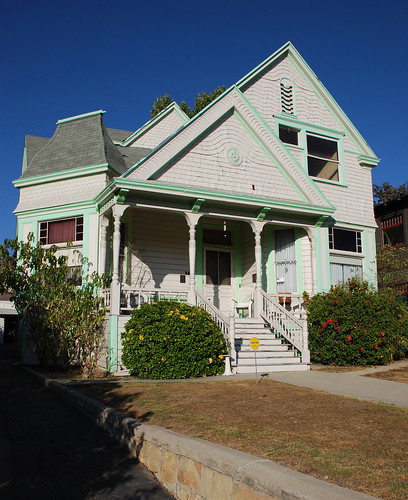
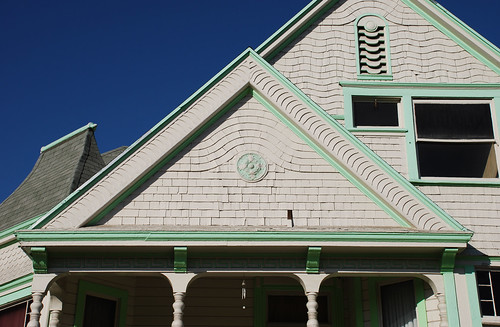
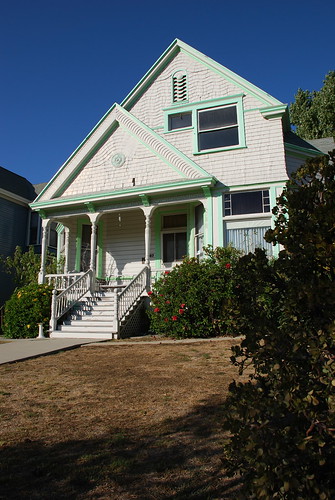
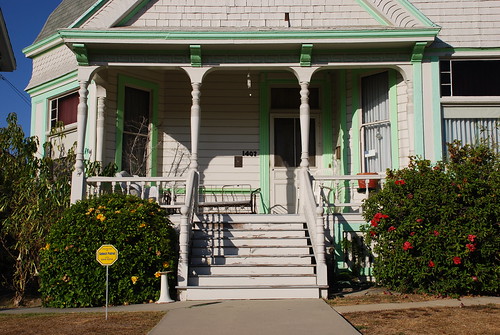
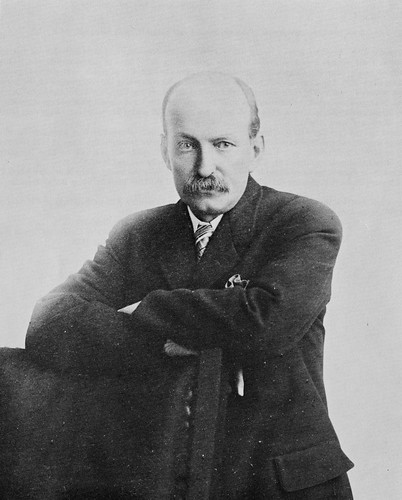
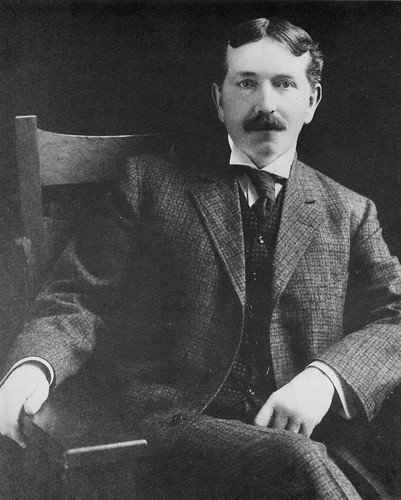
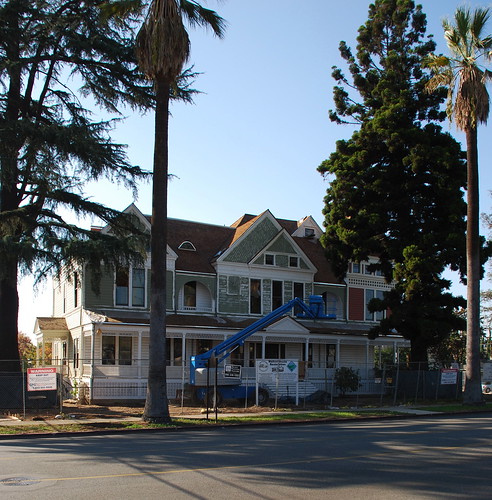

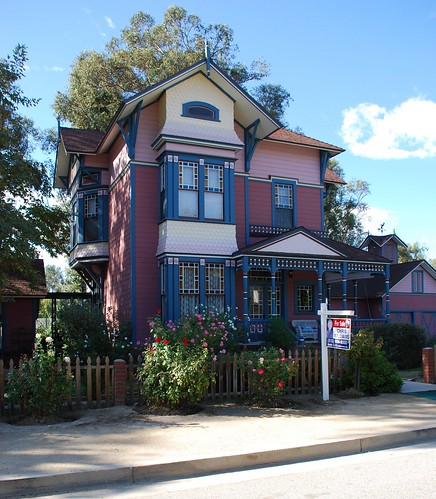
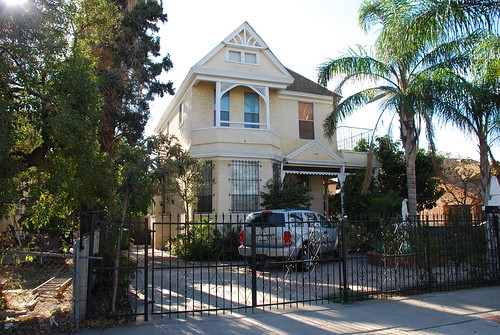
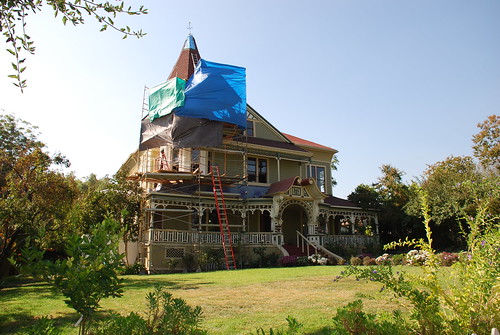
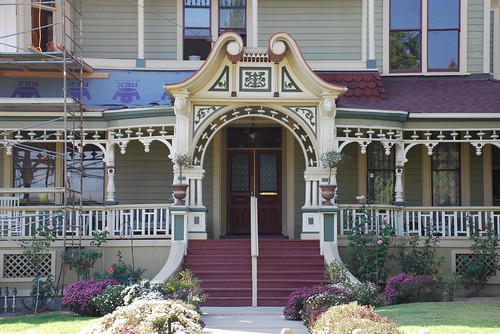
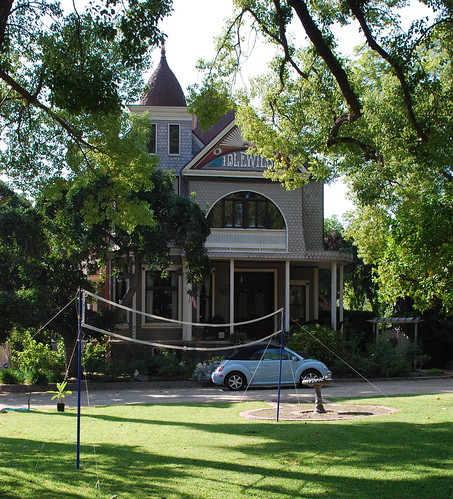
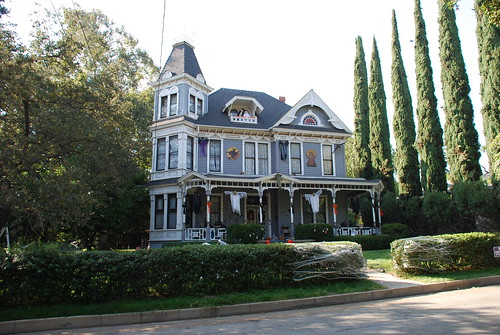
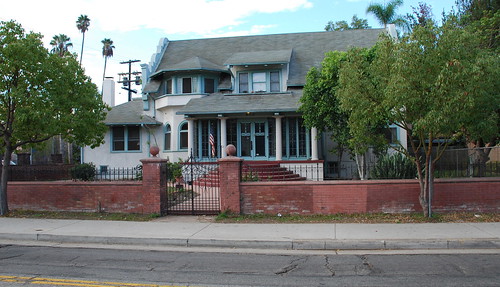
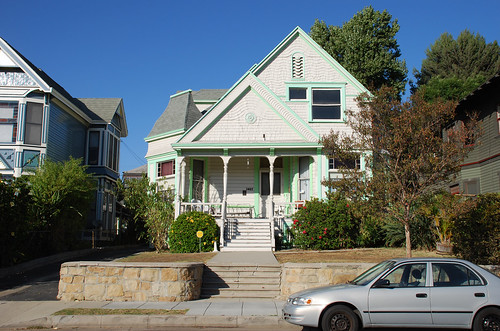

8 comments:
Sun or no sun, the photos came out beautifully. Thanks for another great post. What a shame more of these old princesses aren't still with us.
Thanks, Joan. In a few cases, even the buildings that have replaced these buildings have been replaced.
If you haven't already, I strongly recommend (1) the exhibit of historic maps at the downtown library (especially the ones showing the original downtown streets) and (2) the Green and Green exhibit at the Huntington (just saw it this afternoon).
Hey, Darrell. The map exhibit is already on this weekend's agenda, for sure. And I didn't know about the Huntington, so thanks for that.
Greetings Floyd,
Again a remarkable job with the history of th Newsome Brothers!
Although I have to admit I admire the buidings of my favorite architect, Ezra F Kysor, he designed my home for Mount Pleasant. Perhaps you may do an article on his famous buildings, including the Pico House, Merced Theater, Perry Woodworth and Co. (The Masonic Lodge, St. Vibiana's Catherdral and of course my home, which you have already featured.
Speaking of which, at Heritage Square we also have The Hale House (also featured by you) which has not yet been proven who was the original architect. Perhaps in your extensive researching capabilities you may be able to verify if it is indeed a Newsome design or a clever knock-off. The museum and myself would be in your debt.
Mr Perry, I wouldn't know where to start to find out whether it was Newsom, Norton, or a third party who came up with the Hale House. As for Kysor, does he have any remaining landmarks?
What a great write up! I love the pictures, it is such a shame that there are so few of these classic beauty's left and that the uniqueness has gone from our building style.
i just recently came across this article. Joseph C Newsom is my Great Great Grandfather. I was unaware of the wonderful work he did. These houses are so beautiful. Thank you for this!
Post a Comment